Hospitals are changing the way they sterilize their equipment. Previously the local surgeons kept all their own equipment and made their own surgery trays. Now they have to confine to a country wide standard. They want to know how many of the new trays they can make from their existing stock, and how much new equipment they need to buy.
The inventory of medical equipment looks like this:
each hospitals has codes for various medical equipment and then a number for how many they have of the corresponding item
3 surgery trays with their corresponding items are show in this dictionary.
There are a total of 144 different operation trays
the hospitals will be told they need 25 of tray x, 30 of tray y, etc...
They would like to maximize the amounts of trays they can finish with their current stock. They would also like to know what equipment they need to purchase in order to finish the remaining trays.
I have thought about two possible solutions one being representing the problem as a linear programming problem. The other solving the problem by doing a round-robin brute force solve of the first 90% of the problem and solving the remaining 10% by doing a randomized algorithm several times and then pick the best solve of those tries.
I would love to hear if anyone knows a smart way of how to tackle this problem!

